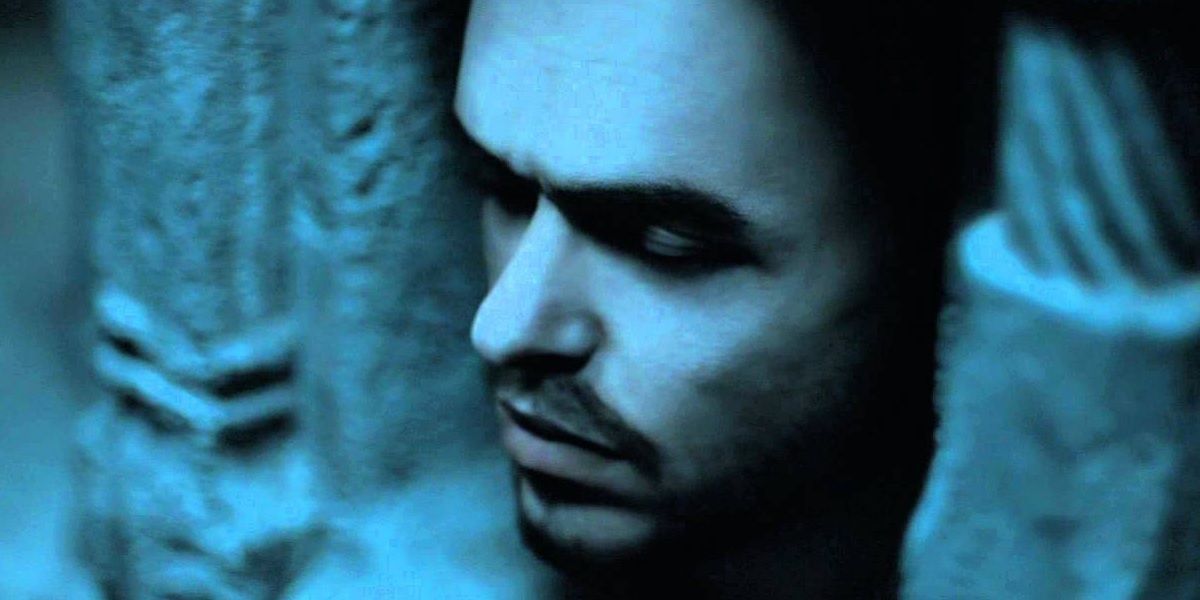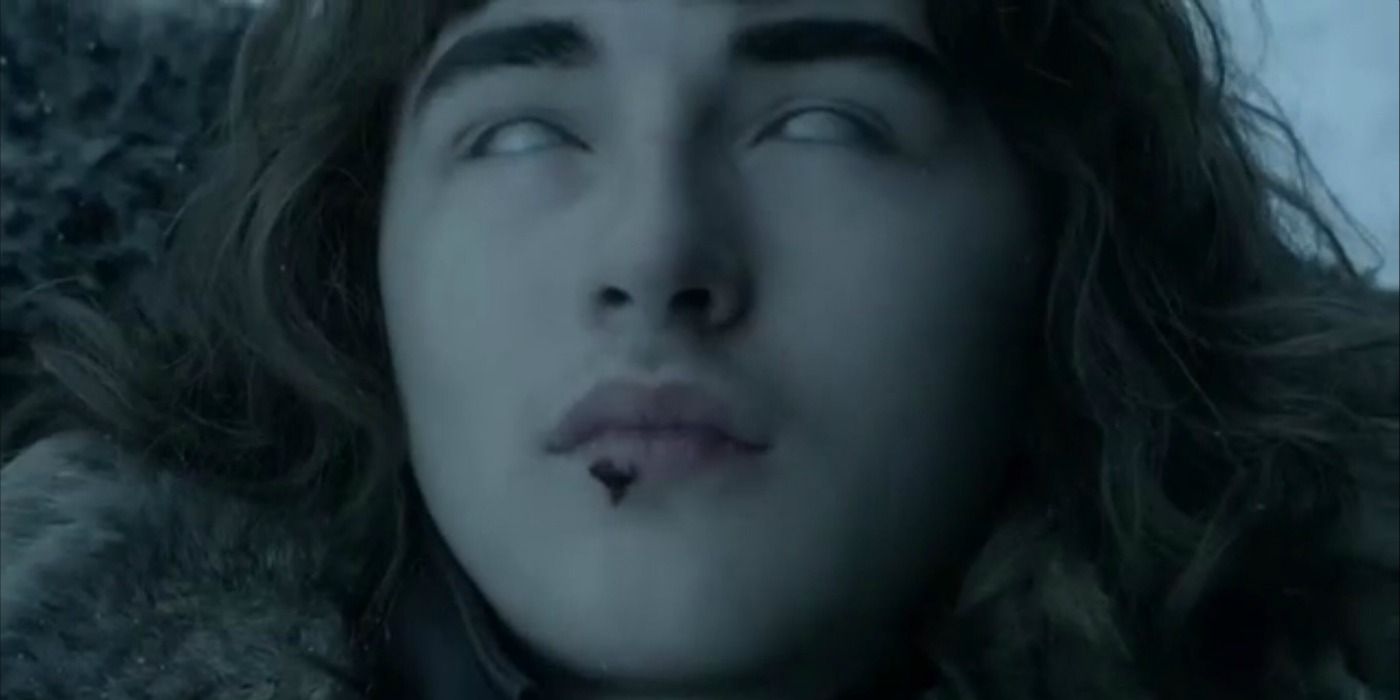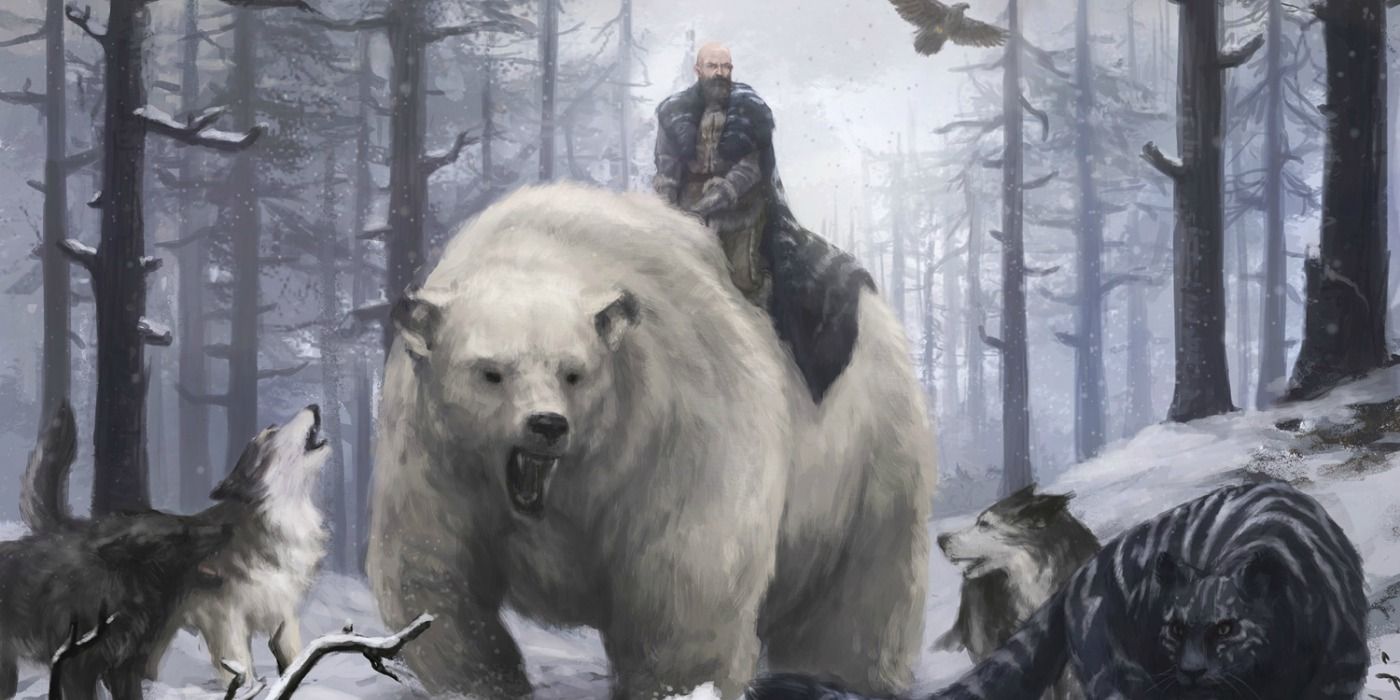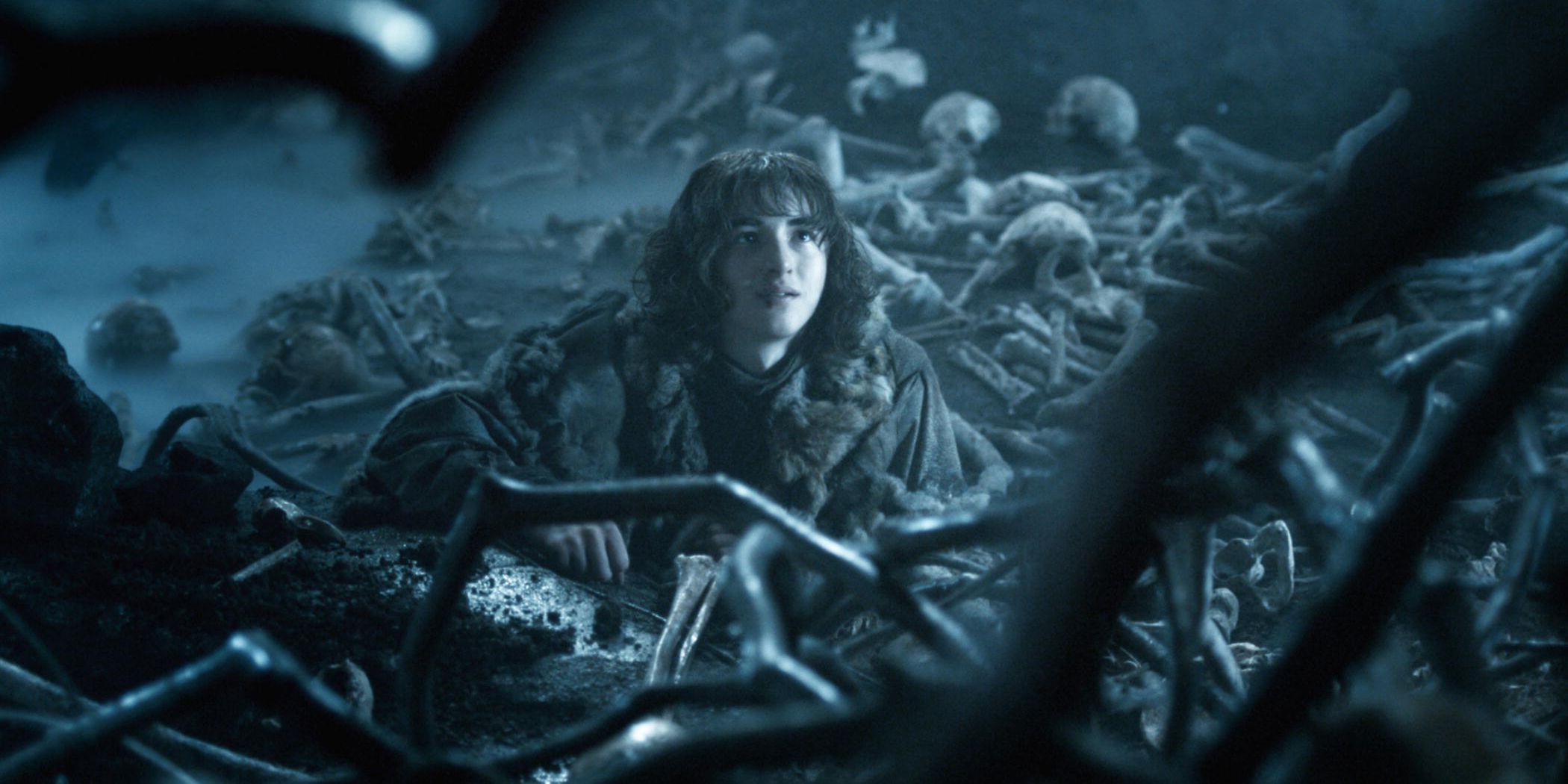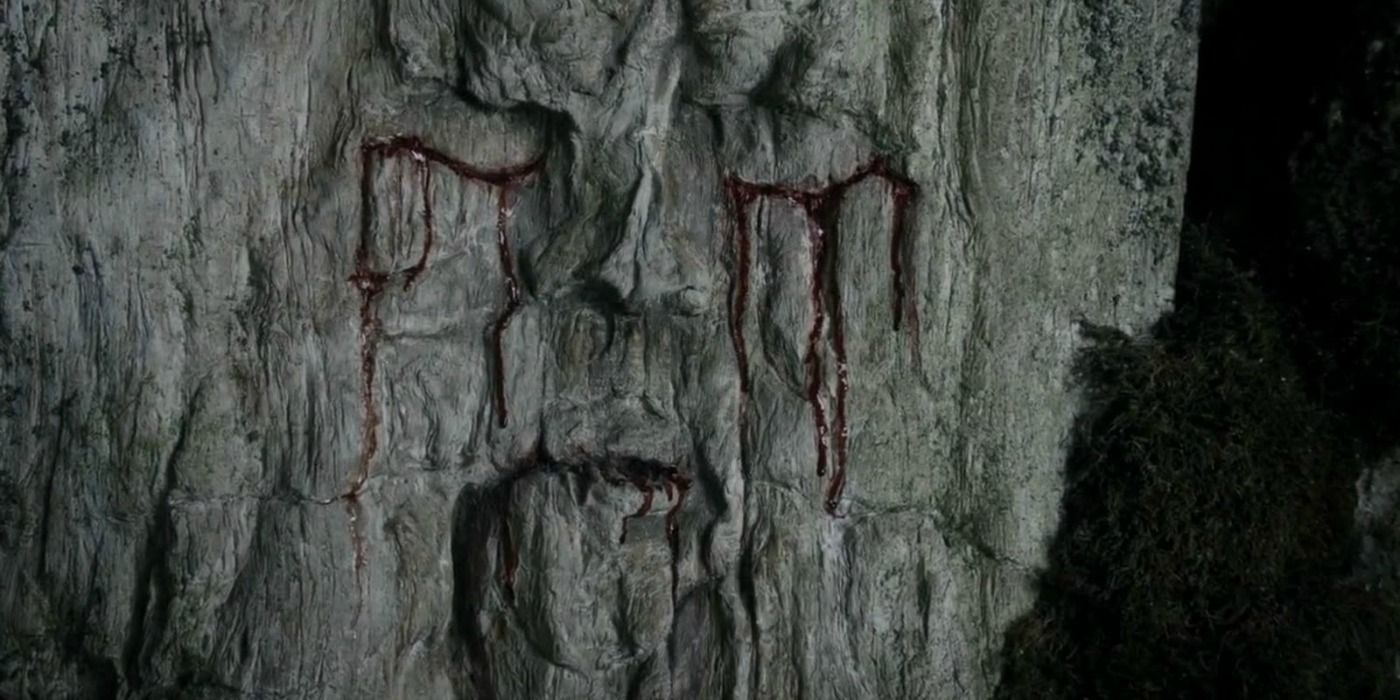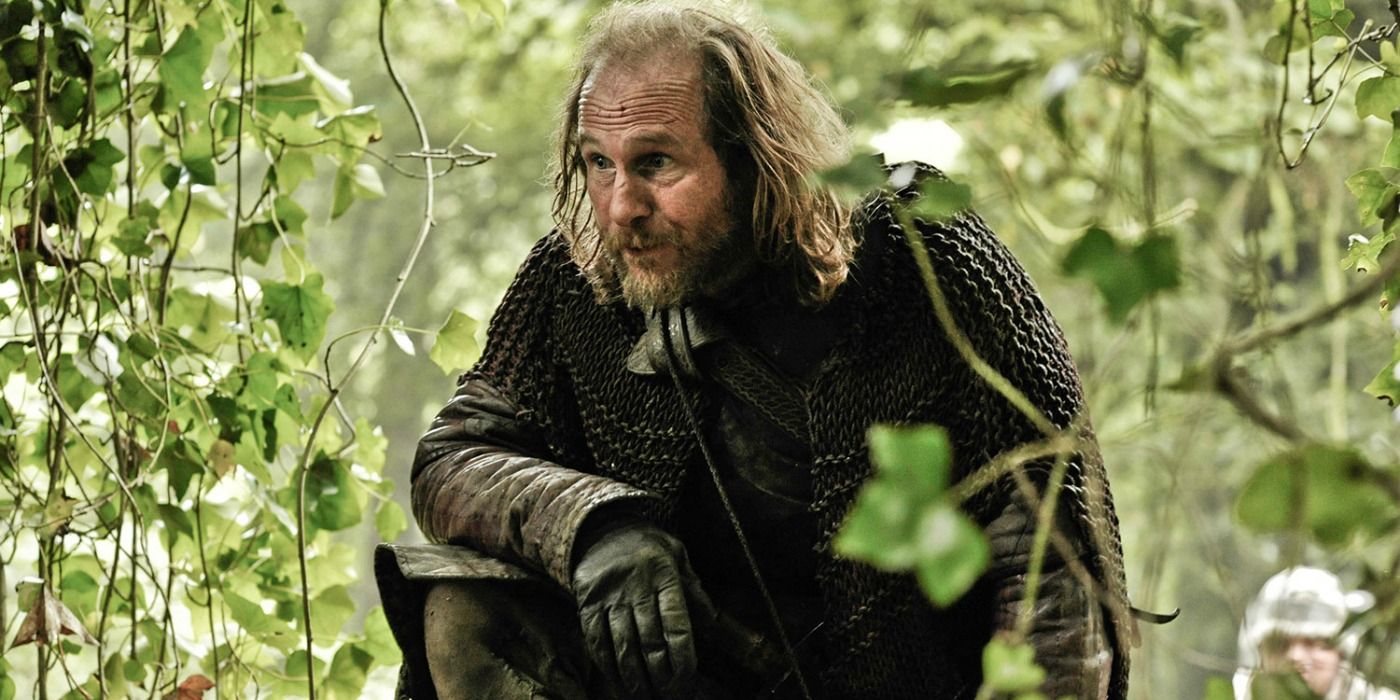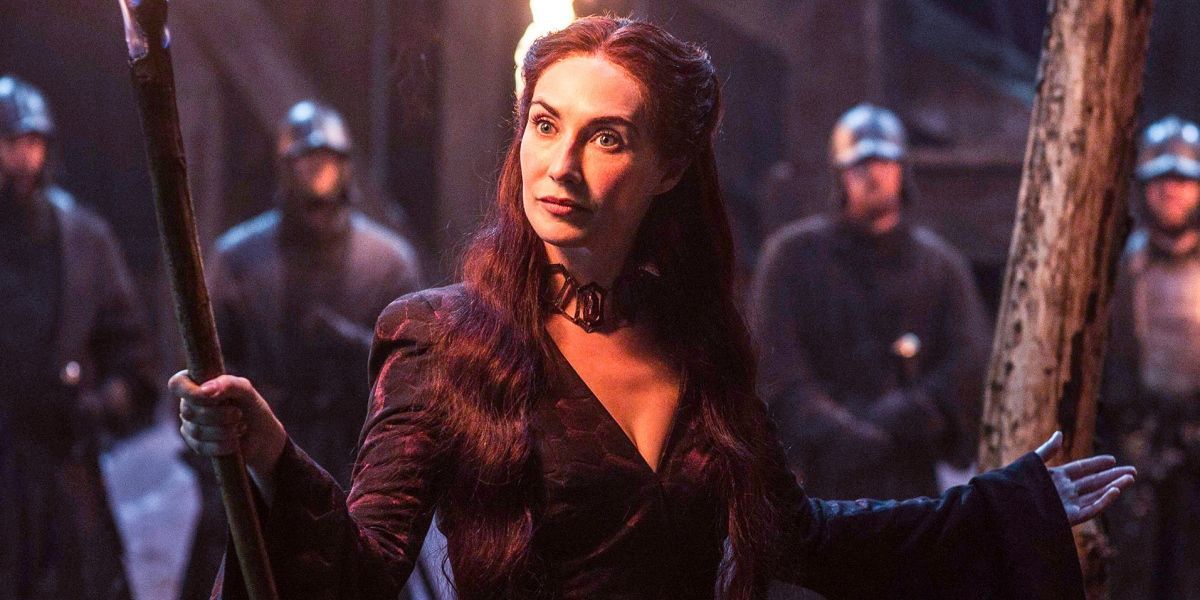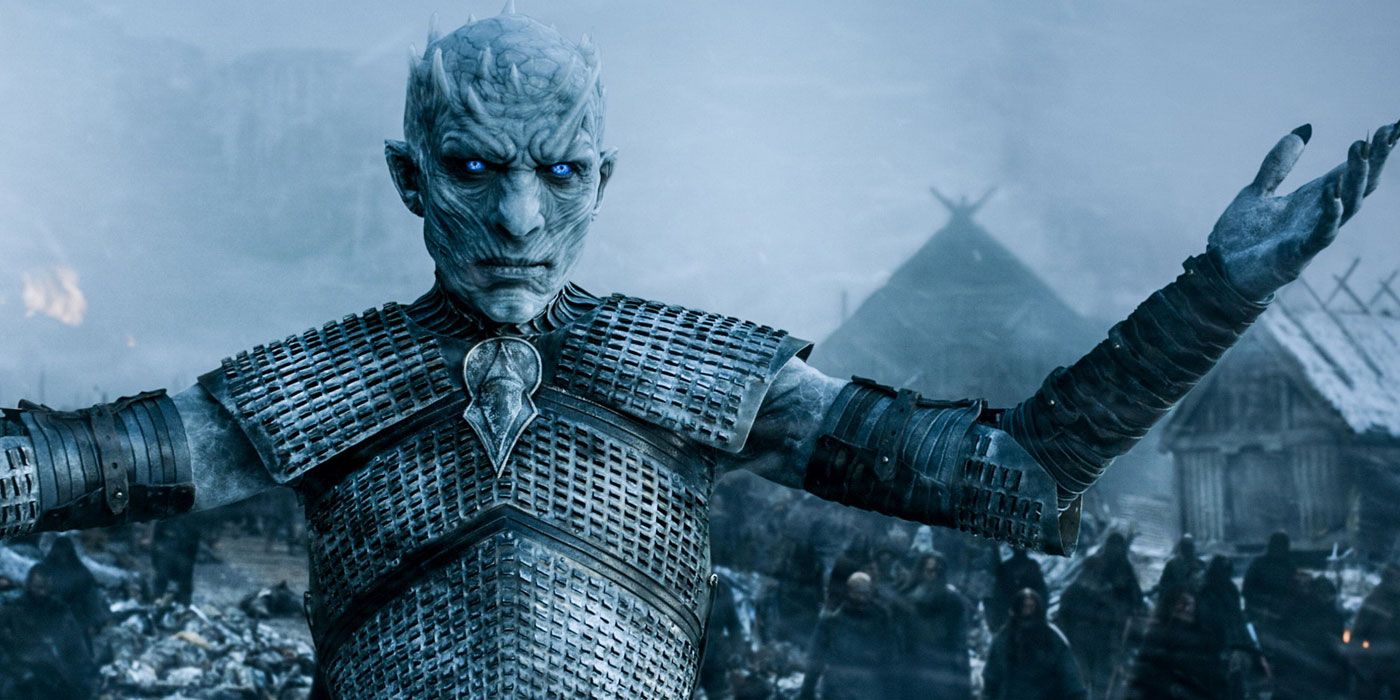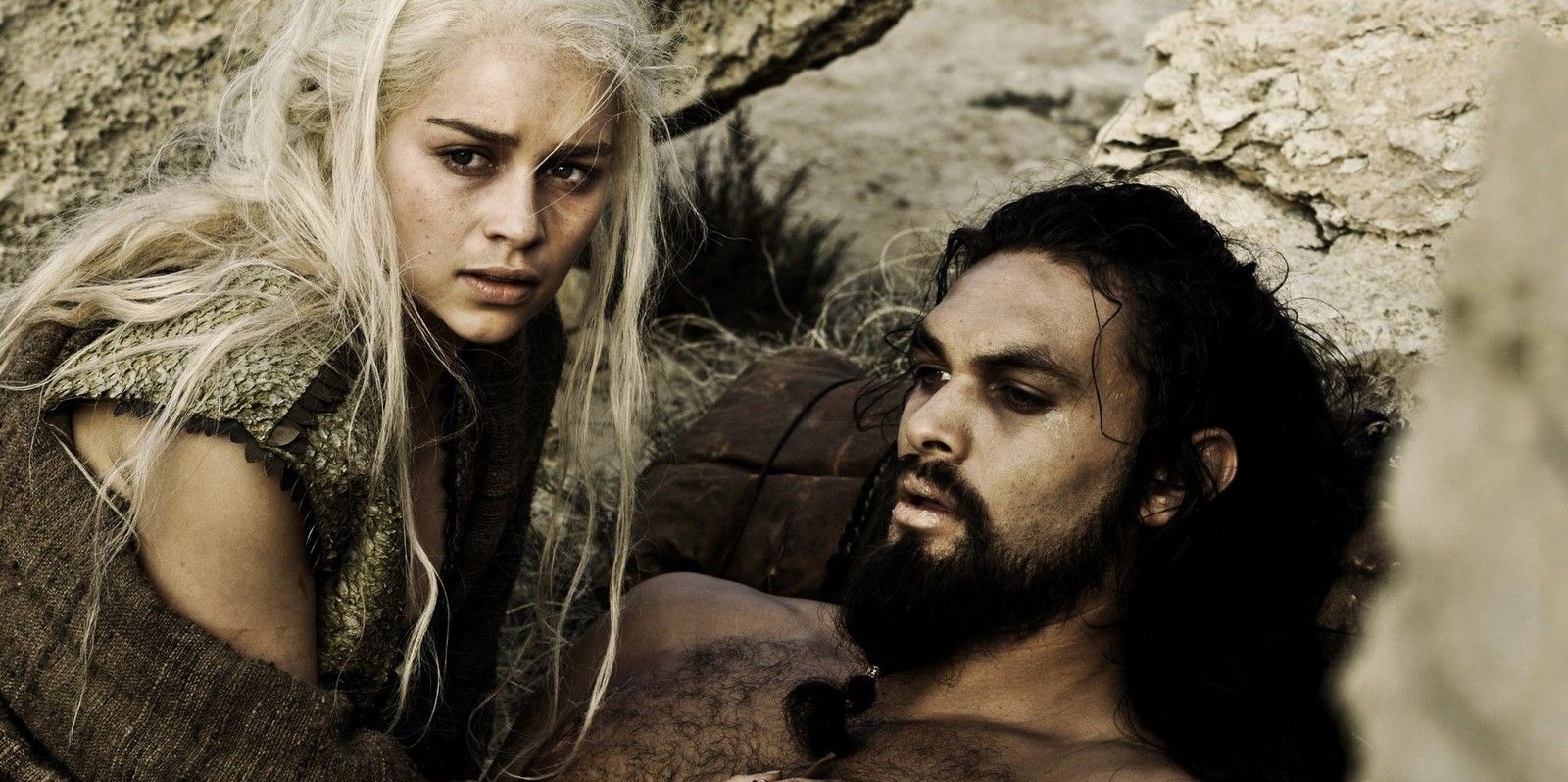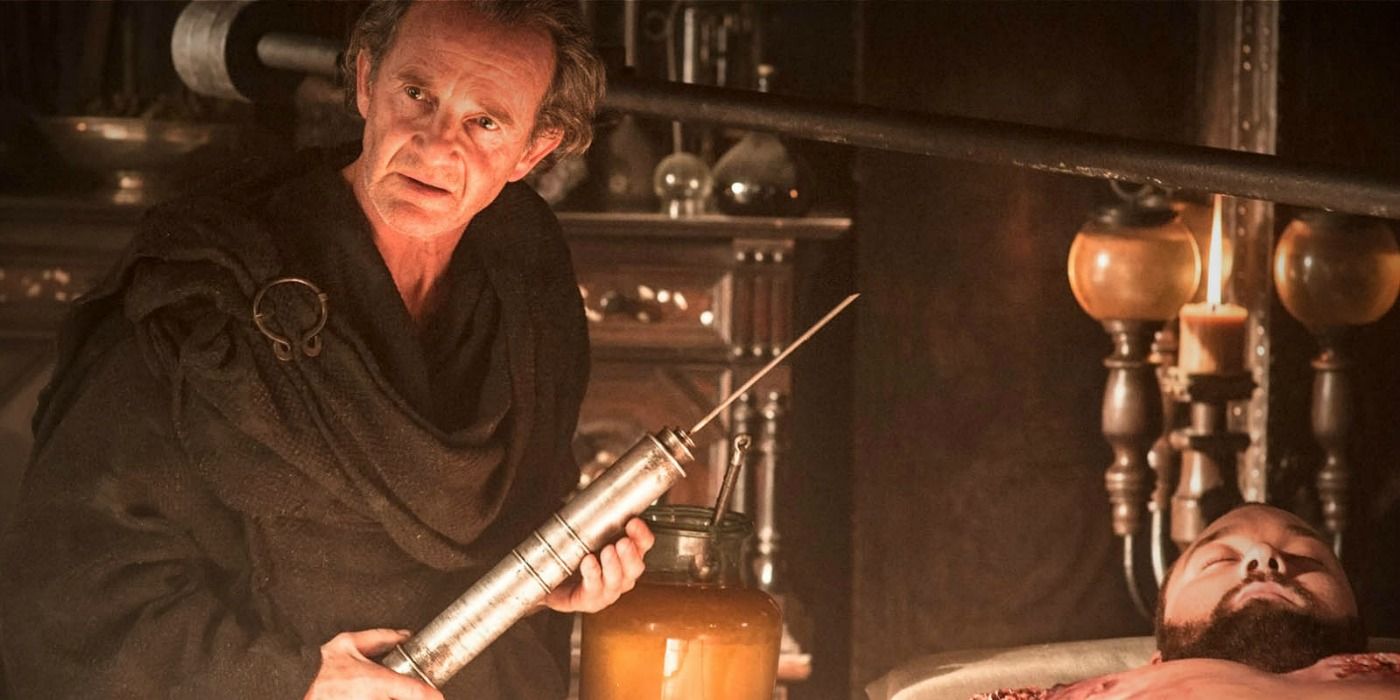Warning: MAJOR spoilers ahead for Game of Thrones up to season 6, episode 2
-
George R.R. Martin, author of the Song of Ice and Fire book saga upon which HBO’s Game of Thrones is based, has famously said that magic in his more-historical-fiction-than-fantasy series is a bit like salt: just a dash here and there to add some flavor, and that’s about it.
Nowhere is this seasoning more apparent than in death. Throughout Game of Thrones’ six seasons thus far, some characters have found a way to cheat death’s cold embrace and return to the land of the living – in one form or another. Indeed, this idea of resurrection is central to the show’s overriding mythology and its inexorable supernatural showdown between the men of Westeros and the undead hordes of the White Walkers. One could even call it the key to unlocking the story’s overarching theme.
Not surprisingly, it’s even more prevalent in the novels in terms of depth as well as quantity: not only are there even more formerly-deceased individuals strolling about the Seven Kingdoms, but there’s a bit more background information on all these otherworldly processes, providing a greater context for the life-after-life developments.
Given that the television series has just brought back the venerable Jon Snow (Kit Harington), we thought that now would be a good time to provide a quick primer on the subject – The Game of Thrones Guide to Death and the Afterlife. It just might hold a few secrets for the show’s future, as well.
The way of the warg and the secrets of the skinchanger
Though showrunners David Benioff and D.B. Weiss have taken the time to hint at each of the Stark children being skinchangers – that is to say, individuals who can telepathically leap into another living being’s body – this status is much more fleshed out in the source material, partially because there is no production budget to worry about on the page and partially because there are more characters who possess the ability.
The Prologue of A Dance with Dragons, the fifth – and most recent – book in the series, is told from the perspective of Varamyr Sixskins, a wildling warg (that is to say, a skinchanger that slips specifically into dogs or wolves) who is present at the battle at the Wall, which audiences got to see in “The Watchers on the Wall” (episode 409). He has fled with a number of the other wildlings as the White Walkers hunt them down and turn them into wights. Injured and slowly bleeding to death, Varamyr reflects on his life, on his tutelage under an older, more experienced, but less powerful warg named Haggon, and on what the skinchanger community believes awaits them after death:
Haggon’s rough voice echoed in his head. “You will die a dozen deaths, boy, and every one will hurt… but when your true death comes, you will live again. The second life is simpler and sweeter, they say.”
“They say you forget,” Haggon had told him, a few weeks before his own death. “When the man’s flesh dies, his spirit lives on inside the beast, but every day his memory fades, and the beast becomes a little less a warg, a little more a wolf, until nothing of the man is left and only the beast remains.”
Knowing that he will live on in some form gives “Lord” Varamyr at least a little comfort, but what actually transpires when he passes comes as a great surprise to both the character and the reader: his consciousness floats about the wintery landscape, like a cloud blowing on the wind, as it seeks out the receptacle that is his main wolf, disturbing a number of other animals – ravens, elks, direwolves – as it passes them by.
He was in the snow and in the clouds, he was a sparrow, a squirrel, an oak. A horned owl flew silently between his trees, hunting a hare; Varamyr was inside the owl, inside the hare, inside the trees. Deep below the frozen ground, earthworms burrowed blindly in the dark, and he was them, as well. I am the wood, and everything that’s in it, he thought, exulting.
Along the way, his spirit temporarily gets deposited in a weirwood tree, and he is able to stare out from within its wooden depths thanks to the eyes and the face that was carved in it thousands of years ago by the continent’s original inhabitants. While this is initially a tantalizing detail, it would later prove to actually be an important piece of foreshadowing – and, perhaps, a clue as to how man can defeat the advancing White Walker host.
The weirwoods and traveling throughout time
Bran Stark’s (Isaac Hempstead Wright) character arc in A Dance with Dragons may be completely separate from all the other characters across both Westeros and Essos, but it’s also the most fundamental to the greater struggle against the wights that they’ll all soon find themselves embroiled in.
Serving as something of an apprentice to the so-called Three-Eyed Raven (who is played by Max von Sydow in the show and who is identified as Brynden “Bloodraven” Rivers in the source material, a character originating from a series of prequel novellas), Bran eventually learns to expand his skinchanging abilities to include the venerable network of weirwoods that is scattered throughout Westeros. He discovers that they really are a network, serving as a surveillance system all across the continent, recording all events that occur directly around them – and since trees have no sense of time, Bran is essentially able to time travel, to peer back to any previous point in the weirwoods’ lifespans.
The children of the forest, the original race of beings that had occupied Westeros before man arrived, cultivated this usage and were the ones who carved all the faces in the bone-white trees – a practice which the current denizens of the north continue merely as a religious tradition now. When coupled with the usage of ravens, which the children skinchanged into in order to communicate across great distances, they were able to effectively coordinate their entire civilization across thousands of miles – something which could come in handy when the White Walkers finally come knocking on the Wall.
Such an ability is part of a greater skillset called greenseeing, and over the course of the story Bran learns that one in a thousand individuals is born a skinchanger, and that one in a thousand skinchangers is a greenseer. Although Jojen Reed (Thomas Brodie-Sangster) possessed the greensight – in his case, having visions of events that have not yet passed – he is not fully a greenseer, an individual who has been fully trained in the ways of this particular magic. The Three-Eyed Raven has been dubbed the Last Greenseer by the last children of the forest that remain in Westeros, and it seems only logical that he is tutoring Bran to replace him in this lofty – if lonely – position.
Although not technically dealing with the realm of the afterlife, the ability to “time travel” is a way of conquering death, enabling one to ascertain knowledge and discern secrets from many lifetimes ago – including, even, during the last time the White Walkers rose up and attempted to invade Westeros (which was partially prevented by the children of the forest and their greenseeing ways). Additionally, it is important to note that Game of Thrones seems to be tinkering a bit with the parameters of Bran’s greenseeing, allowing him the ability to hop backwards in time without the need for weirwoods to be present. If this is, indeed, the case, then Bran’s prowess might eventually be refined to the point where he can look past the veil of death itself.
The red priests
The followers of R’hllor, the Lord of Light, are mainly located in Essos, but a few have journeyed across the narrow sea and landed on Westeros to try and spread the faith amongst the savages.
Just as in Game of Thrones, the two main red priests featured in A Song of Ice and Fire are Thoros (Paul Kaye) and Melisandre (Carice van Houten), though there are two main deviations from their television portrayals: firstly, the two never meet on the page (which makes the nature of Jon Snow’s revival in A Song of Ice and Fire something of an open question, as Melisandre is still seemingly in the dark regarding this particular magical feat), and the nature of the resurrection process is a bit different.
In the series, both Thoros and Melisandre simply lay their hands on the body in front of them and recite a prayer; in the books, the funeral rite known as the last kiss must be employed, which is a practice that involves filling their mouths with fire and breathing it into the corpse, cleansing and purifying its soul to meet its maker.
What’s so interesting about this particular form of resurrection is the fact that it’s accidental and, essentially, a by-product of futility; Thoros never intended to bring his friend and traveling companion, Beric Dondarrion (Richard Dorner), back to life, and even if he knew such an outcome were possible, he would never have believed himself capable of doing it, as he had long ago given up his pious ways for drinking and gambling with the Westerosi. Likewise, when we see the Lady Melisandre attempt to repeat Thoros’s miracle on Lord Commander Jon Snow in this week’s episode of Game of Thrones, she is in her own spiritual nadir, believing that everything she has worked so hard for was nothing but a lie.
An interesting – and possible – correlation to the greenseers of the children of the forest: the red priests have the ability to see the future in the flames of whatever fire they peer intently at. Maybe it will ultimately be revealed that both flame and tree are mere crutches for their respective cultures, and that a true greenseer will be able to move freely throughout space and time without such aids – hence Bran’s vision of a Winterfell long ago without either element being present in this week’s episode.
The wights of the White Walkers
The White Walkers are, by far, the biggest mystery in either A Song of Ice and Fire or Game of Thrones, though in the latter we are at least treated to a few more tantalizing glimpses at how their supernatural society operates, including the presence of the Night’s King (Richard Brake) and their ability to transform human babies into White Walkers proper.
The most important characteristic they have demonstrated thus far, however, is their ability to circumnavigate death to great advantage: when a lifeform – whether that be a human or a horse or a giant spider – perishes, the Walkers wield the magical ability to reanimate them and, apparently, enslave them to their will, using them essentially as foot soldiers in what can best be described as an ice zombie horde. It is obvious that the consciousnesses of the previous hosts are departed, which makes this particular form of resurrection more a biological technicality than an ontological fact, but it nonetheless helps paint a picture of death that is far more fluid and reversible than what we, and most of the Westerosi, tend to think of it as – undoubtedly an important point as we continue to barrel to the story’s conclusion within the next few years.
Another, possibly relevant point: once again in the Prologue of A Dance with Dragons, after Varamyr Sixskins has died and inhabited his pet wolf, he comes across a human companion who has just been risen as one of the White Walker’s wights. Her ice-blue eyes take in the pack of wolves in front of her, and she is eerily able to perceive Varamyr’s presence in the animal. While this may simply help to illustrate the otherworldly powers of the Walkers, it could also be a hint as to how they can control their zombie minions – perhaps they are significantly advanced greenseers who routinely violate the skinchangers’ code of not inhabiting other human beings/sentient lifeforms.
Warm “zombies”
The final instance of resurrection in both Martin’s and Benioff and Weiss’s version of the story is something of a variation on the White Walkers’ method: an external force that manages to bring the physical matter back to life but is woefully unable to affect the spiritual dimension. Interestingly enough, there are two different and (seemingly) completely separate instances of this happening.
The first occurs all the way back in the first season, when the witch Mirri Maz Duur (Mia Soteriou) engages in blood magic to sacrifice the life of a horse for the great Khal Drogo’s (Jason Momoa) at the desperate behest of his khaleesi, Daenerys Targaryen (Emilia Clarke). The second is more recent: the experimental, Frankenstein-esque revival of Ser Gregor Clegane (Hafpor Julius Bjronsson), better known as the Mountain That Rides, by the former maester Qyburn (Anton Lesser), who was kicked out of the Citadel for dabbling in the dark arts – which, apparently, includes necromancy.
In the case of the former, the zombified Drogo is catatonic - either braindead or else completely oblivious to the outside world; in the latter, it is unknown whether the man-made zombie possesses sentience, but he is capable of receiving, understanding, and executing orders, including dashing a peasant’s head against a stone wall for speaking ill of his master, Queen Regent Cersei Baratheon (Lena Headey). Is it that magic and medicine have managed to converge in Martin’s world, poking at a boundary between life and death that is paper-thin to begin with? Or are these two developments manifestations of the same process, and is this process somehow related to the abilities of warging, skinchanging, and greenseeing that we have already seen?
And might these occurrences somehow tie into the looming battle with the White Walkers, providing yet another way for our characters to climb out of an insurmountable situation? We should know within the next 20 episodes.
-
Excited by all these instances of the Game of Thrones characters cheating death? Think this is magic gone too far, serving only to undermine the show’s realism? Have a grand unifying theory as to how all of this will pay off in the story’s climax? Sound off in the comments.

